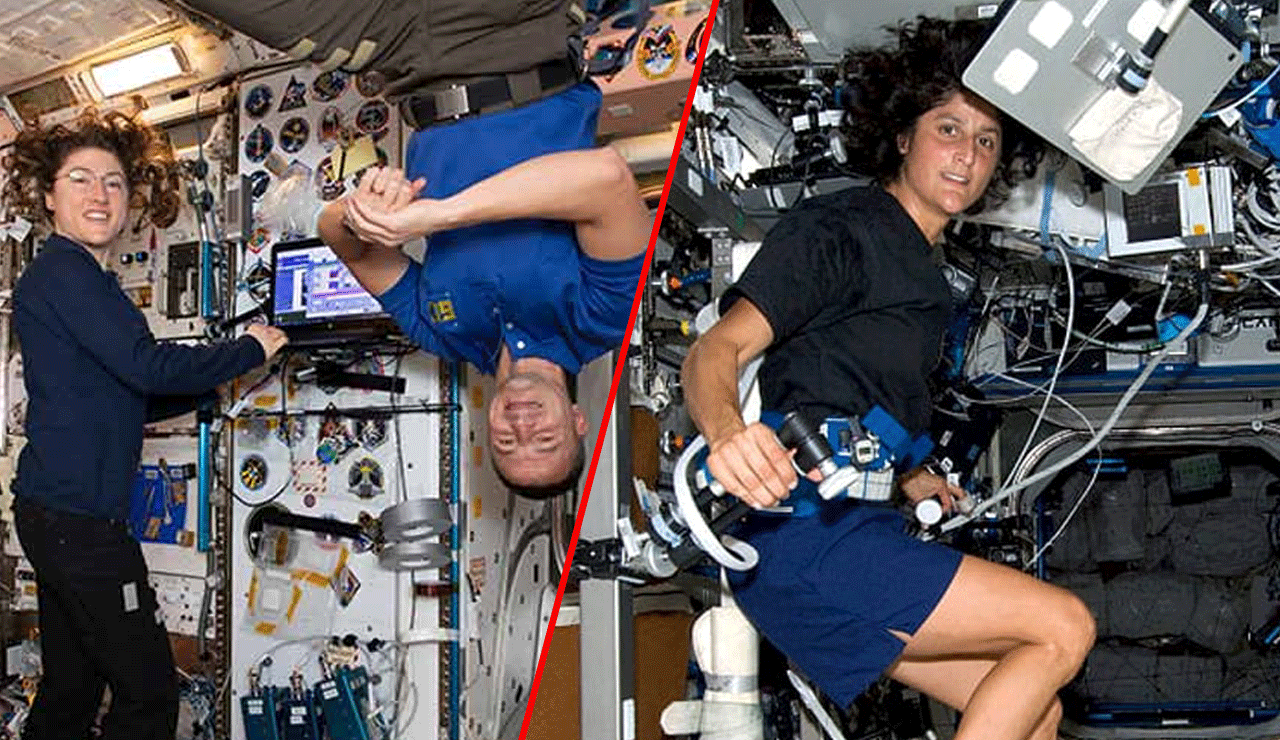How Much Does It Really Cost to Build a Space Station?
Many people believe space stations are constructed in orbit, but the truth is far more grounded—literally. Space stations are built on Earth in various modules, which are then transported to space via rockets.

Many people believe space stations are constructed in orbit, but the truth is far more grounded—literally. Space stations are built on Earth in various modules, which are then transported to space via rockets. Once in orbit, these parts are assembled by astronauts in a highly complex and well-coordinated process. The entire operation takes years and a massive amount of funding.
Table of Contents
With India gearing up to build its own space station by 2035, interest in how much it costs to build a space station has surged. Let’s dive into the financial and technical aspects of this massive space endeavor.
India’s Space Ambitions: ISRO to Build Space Station by 2035
The Indian government has set its sights high. According to the Union Minister of Science, Technology and Earth Sciences, India plans to build its own space station by 2035 and send astronauts to the Moon by 2040. These announcements signal a major leap for India’s space program, following the success of missions like Chandrayaan-3 and Gaganyaan.
But how much does such an ambitious project cost? And how long does it really take to bring a space station to life?
Also Rea: Scammers Target Government Employee: A Shocking Rs 2 Lakh Lost in a Fake Bank Call!
How Is a Space Station Built?
Contrary to what many people believe, space stations are not built in space from scratch. Instead, they are assembled piece by piece. Here’s how the process typically works:
- Step 1: Individual modules are constructed on Earth.
- Step 2: Modules are launched into orbit using heavy-lift rockets.
- Step 3: Astronauts and robotic systems assemble the modules in space.
- Step 4: The space station becomes operational after all systems are tested and installed.
This modular assembly method allows engineers to work with more precision on Earth and reduces the number of potential in-orbit issues.
How Much Does It Cost to Build a Space Station?
Building a space station is a multi-billion-dollar endeavor. The International Space Station (ISS), built collaboratively by NASA, Roscosmos (Russia), ESA (Europe), JAXA (Japan), and CSA (Canada), is the best example.
- According to the European Space Agency (ESA), the ISS cost around €100 billion (approximately $110 billion) to construct.
- The ISS construction began in 1998 and was officially completed in 2011, taking more than a decade to finish.
- The ISS spans an area roughly the size of a football field, showcasing just how massive and intricate these space habitats are.
Why Do Space Stations Stay in Orbit?
You might wonder why space stations don’t fall back to Earth. The answer lies in orbital velocity. Space stations travel at such high speeds (around 28,000 km/h) that the gravitational pull of the Earth is perfectly balanced by their forward motion, keeping them in constant orbit. They aren’t floating—they’re falling around the Earth in a continuous free-fall.
Final Thoughts: Space Stations Are Expensive, But Necessary
Space stations are more than just scientific laboratories—they are symbols of human innovation, global cooperation, and future exploration. While the costs are undeniably high, the knowledge and technology developed from space station missions have far-reaching benefits, from medicine to climate science.
India’s ambition to build its own space station by 2035 marks a new chapter in the nation’s space journey. And with global interest in space exploration rising, we can expect many more nations to join the race in the coming decades.
